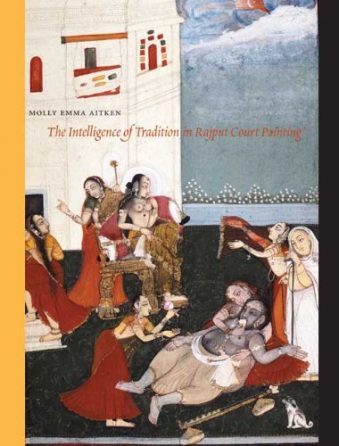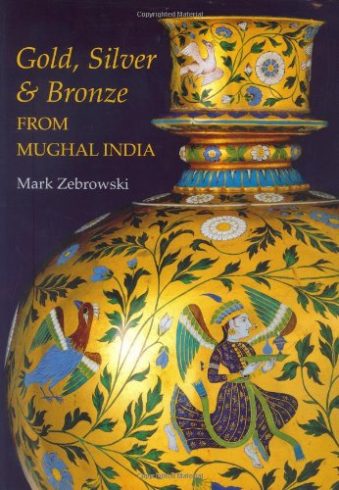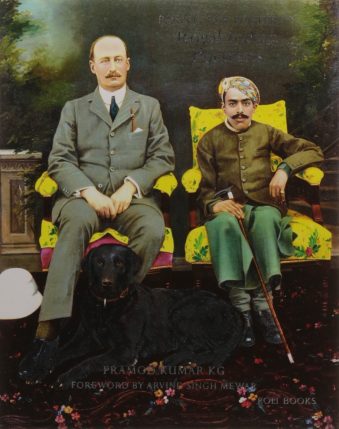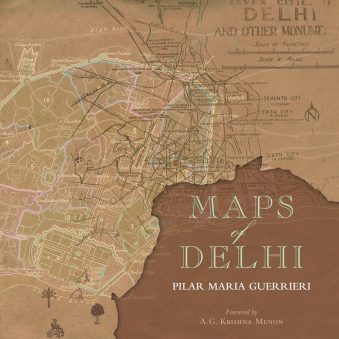- Empty cart.
- Continue Shopping
PAST TIMES , TIMES OF INDIA , HARDCOVER,1992
₹4,359.00
BY – ARUNABH BHATTACHERJEE
PUBLISHER – THE TIMES OF INDIA SESQUICENTENNIAL
HARDCOVER – 162 PAGES
1 in stock
A long-term perspective is difficult when the life span of a newspaper is merely 24 hours. When work is an unending cycle of urgency, immediacy, and a focus on the abnormal, reflection, contemplation, and conceptualisation become part of a worldview that is largely external to the daily production process. And yet, for those involved in producing newspapers, the very product itself shapes not only the worldview but the world itself.
How does one then look at 150 years of a newspaper whose life cycle is merely a day? Inevitably, there is a kind of chronoclasm involved. Descriptions of the material as “literature in a hurry” or “documents of record” help, but there is a certain intellectual arrogance—or perhaps merely an ex post facto rationalisation—implicit in these: “We could have done better, you know, but for the pressures…” Or even the more smug: “Few knew the importance of what we wrote about, even as you thought it was only about the day’s event…”
And yet longevity is not something to be dismissed as insignificant—especially in a country which has long institutions but short memories. There are not many newspapers in the world that have survived 150 years, and in India, The Times of India is the only English-language paper to have done so. The reason perhaps is that The Times of India long ago became a veritable institution—through which news and reports, opinion and analysis, concepts and commentary passed—and in the more recent era of India’s history, these became sedimented, separated, formalised, and acquired body as they made their hurried journey through the paper’s institutional filters. Events shaped The Times of India, but The Times of India also played an important role in shaping the memories of those events.
It is a tricky business dealing with memories. What is their historical worth? Are they invoked merely for self-indulgent nostalgia? Are they materials for obscure and abstruse antiquarianism? Are facts, as Ranke imagined, similar to fish on a fishmonger’s slab—ready for the customer to make their selection? In this case, they are quite obviously different: after all, they have passed through the nets of reporters and writers, and been processed by sub-editors and others.
So, are they merely valueless trivia—wispy ephemera on fragile newsprint, interesting only to the serious scholar because some items may be amusing? Or do they have some worth in the process of reconstructing the past, shaping the present, and defining the future? In short, are they the stuff historians work with?
For a self-conscious newspaper of record like The Times of India, the answer is relatively easy. Yes—for The Times of India, the material it has carried has always been seen as significant not only for the day but also for posterity. News, pictures, cartoons, commentary, editorial viewpoints, readers’ opinions, even advertisements have all been perceived to have a longer validity than their appearance in a daily broadsheet might suggest.
Indeed, The Times of India has had a presence beyond that of a simple daily newspaper. It has been perceived as an institution in national life—and has perceived itself with a corresponding sense of self-importance. The very architecture of its housing in Bombay—opposite India’s biggest and grandest railway terminus and adjacent to a matchingly spectacular civic headquarters—reflects this self-image.
The Times of India has changed over 150 years of existence. There have been traumatic episodes in its corporate history and sharp alterations in its editorial policy. But none of these have taken away from its image as a reliable, sober—if occasionally pompous—“newspaper of record.” Even the fact that, in recent times, The Times of India has adopted new fashions to keep with the times has not materially affected its staid image as “the old lady of Boribunder”—a lady, like Clio, with a sense of destiny.
It is that sense which has prompted The Times of India to bring out this series of books on the occasion of its sesquicentenary. The series includes both annotated compilations of primary material as well as analytical writings using a part of the vast corpus of material available in The Times of India archives. The books contain news as it appeared on front pages and elsewhere in the newspaper, solemn and tongue-in-cheek editorials, readers’ feedback through letters to the editor, pungent political cartoons, advertisements reflecting changing social norms, sports coverage, special items for children, anecdotal ‘trivia’, and—reflecting its own self-image—a history of The Times of India itself, as well as a history of India as reflected in The Times of India.
This book is one in that series.
The publication of these books marks that The Times of India has crossed a major milestone in its journey. But the books are not intended as exercises in self-admiration. It is with the hope that they will provide useful material for historians and other scholars exploring the making of our times—and enjoyable reading for general readers who lived through those times—that The Times of India dedicates these books to its readers.












